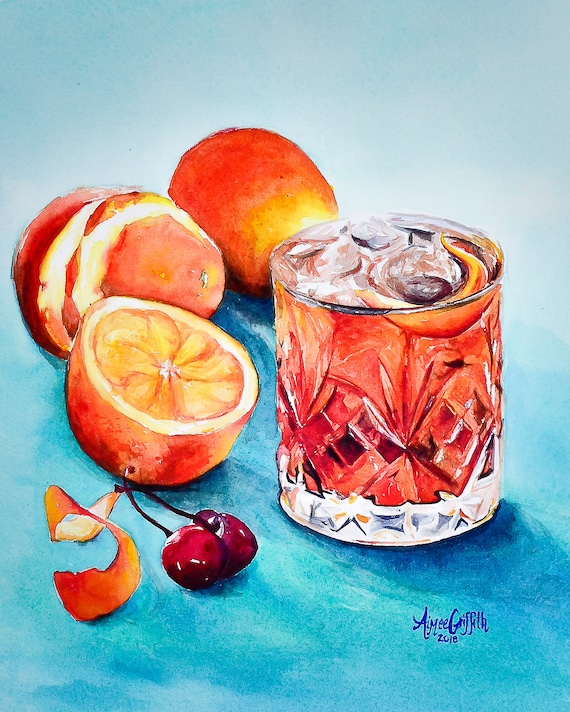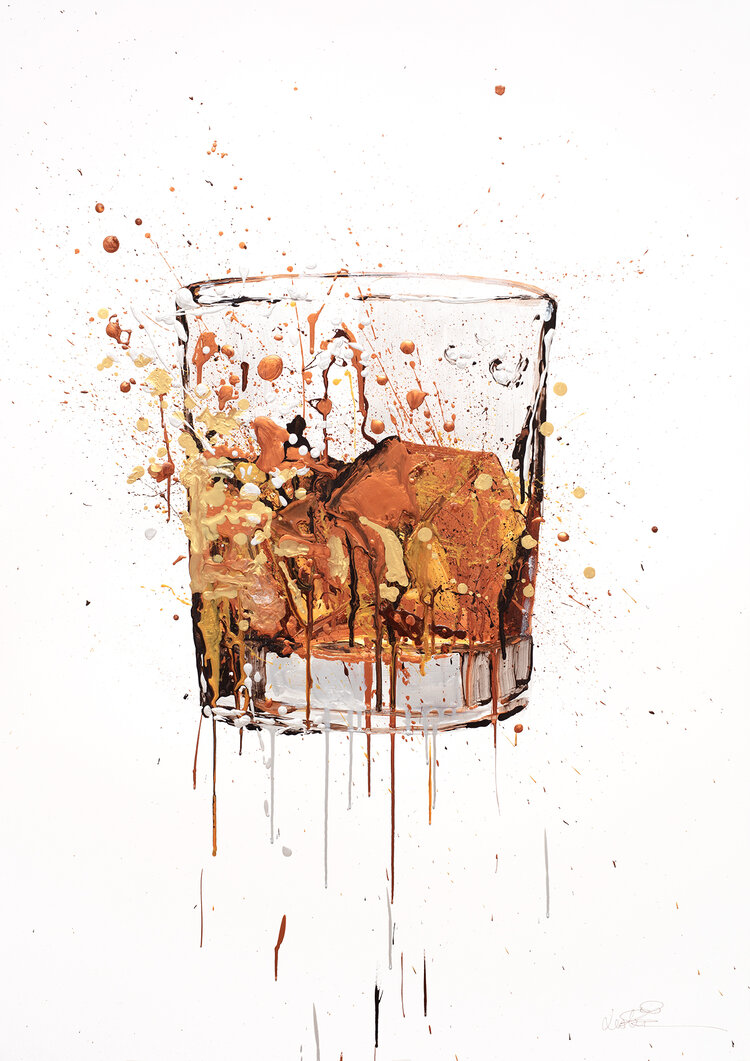Whiskey Art: Catching the Essence of Distillation in Every Brushstroke
Whiskey Art: Catching the Essence of Distillation in Every Brushstroke
Blog Article
The Importance of Whiskey Art in Celebrating Heritage and Craftsmanship in the Beverage Sector
The detailed connection between bourbon art and the event of heritage and workmanship within the beverage industry can not be overstated. Through attentively developed containers and labels, bourbon brands encapsulate their historic roots and the artisanal skills that define their manufacturing methods.
The Historical Roots of Whiskey
At the heart of whiskey's attraction lies a rich tapestry of historical origins that trace back to old people. The origins of bourbon can be linked to the distillation practices of the Sumerians and Babylonians around 2000 BCE, where early kinds of fermented grain beverages began to arise. Nevertheless, it remained in the Middle Ages that the art of distillation progressed considerably, especially in Ireland and Scotland, causing the production of bourbon as we understand it today.
The term "whiskey" itself obtains from the Gaelic word "uisce beatha," meaning "water of life." This expression emphasizes the social relevance of scotch in Celtic cultures, where it was usually related to routines, events, and communal bonding. By the 15th century, purification became an acknowledged craft within monastic areas, leading the way for the establishment of legal distilleries.
As profession routes expanded, bourbon's popularity grew, going beyond regional borders and capturing the interest of connoisseurs worldwide. Whiskey Art. This historic journey reflects not only the workmanship behind whiskey manufacturing yet also its important function in social and social contexts, noting it as a substantial beverage throughout history
Artistic Expression in Branding
Bourbon branding stands as a compelling junction of artistry and business, where visual identification plays a critical duty in shaping consumer assumption. The visual appeals of bourbon tags, product packaging, and marketing materials show not just the brand's story yet additionally its core values and heritage. Via artistic expression, distilleries communicate a narrative that reverberates with consumers, stimulating feelings and sparking connections.
Making use of color, typography, and images in branding serves to differentiate products in a saturated market. For instance, traditional concepts might stimulate a sense of authenticity and workmanship, while modern styles can symbolize technology and forward-thinking. This strategic artistic direction boosts brand acknowledgment and loyalty, permitting customers to create a personal relationship with the whiskey they select.
Additionally, artistic expression in branding often acts as a celebration of regional heritage. Distilleries regularly include regional symbols or historical referrals right into their designs, producing a feeling of location that invites consumers to take part in a broader social experience. Eventually, the creativity behind scotch branding not only enhances aesthetic appeal yet also enhances the overall narrative of the brand name, promoting a deeper appreciation for the workmanship and heritage embedded in each container.
Workmanship in Bottle Layout
The virtuosity evident in whiskey branding extends beyond aesthetic identification to incorporate the craftsmanship included in container layout. Each bottle functions as a vessel not simply for the spirit within, yet additionally for the story it informs regarding its custom, beginning, and high quality. The layout procedure needs meticulous attention to detail, as elements such as material, closure, and form add substantially to the overall understanding of the scotch.
Workmanship in container layout includes selecting top quality glass that can boost the bourbon's shade and quality, while also offering a tactile experience for the consumer. The silhouette of the bottle should be both practical and visually attractive, often mirroring the heritage of the brand name. Lots of distilleries select distinct forms or printed logo designs that evoke a feeling of credibility and background.
Additionally, the label design and typography play a critical duty in connecting the brand name's story. Realism Art. A well-crafted bottle not just astounds the consumer's eye yet additionally enhances the brand name's commitment to high quality and practice. This way, the craftsmanship of container layout comes to be an important element of the whiskey experience, combining creativity with an extensive respect for heritage
Cultural Significance of Scotch Art
Celebrating tradition and craftsmanship, the cultural value of bourbon art goes beyond mere appearances, intertwining with the historic and social narratives of the regions from which it stems. Each container works as a canvas, illustrating the one-of-a-kind stories, mythology, and practices that have formed regional whiskey-making techniques. The complex layouts typically show the heritage of the distillers, integrating symbols and themes that resonate with the culture and values of their communities.

Furthermore, whiskey art plays an important function in communal events and parties, acting as a substantial link between people and their shared experiences. By appreciating the creativity in whiskey packaging, consumers cultivate a much deeper check out here understanding and respect for the craft, eventually enriching their pleasure of the drink itself.
Modern Trends in Whiskey Discussion
In the last few years, the discussion of scotch has progressed to show modern tastes and fads while still recognizing conventional workmanship - Realism Art. Distilleries are significantly concentrating on visual elements that improve the overall alcohol consumption experience, linking the void between heritage and modernity
Innovative content container styles have actually emerged, usually integrating sustainable materials and imaginative labels that tell engaging tales. Many brands currently work together with local musicians, infusing their items with special aesthetic expressions that reverberate with customers. Furthermore, limited-edition launches are often packaged in collectible containers, including value and allure for connoisseurs.

Final Thought
In conclusion, scotch art functions as a vital avenue for revealing the heritage and craftsmanship inherent in the drink industry. Via intricate branding, innovative bottle layouts, and culturally considerable creative elements, bourbon brands effectively honor their traditions and get in touch with consumers. This creative narrative not only raises the admiration of scotch yet additionally enhances area identification and pride among producers. Ultimately, bourbon art plays a necessary role in preserving and celebrating the rich cultural tapestry of whiskey-making.


Craftsmanship in container layout includes picking top notch glass that can improve the scotch's color and clarity, while likewise giving a tactile experience for the consumer. In this means, the craftsmanship of bottle layout becomes a vital facet of the whiskey experience, combining creativity with a profound regard for heritage.
In conclusion, bourbon art serves as an essential conduit for sharing the heritage and craftsmanship integral in the beverage sector.
Report this page